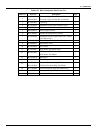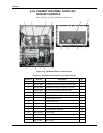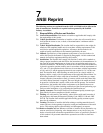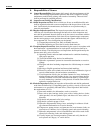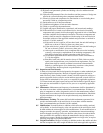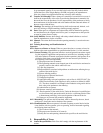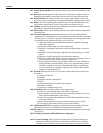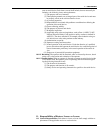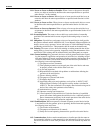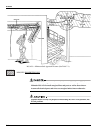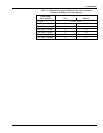
7 — ANSI REPRINT
7-7
erate an aerial device. Such items covered shall include, but not necessarily be
limited to, the following issues and requirements:
(1) The purpose and use of manuals.
(2) That operating manuals are an integral part of the aerial device and must
be properly stored on the vehicle when not in use.
(3) A pre-start inspection.
(4) Responsibilities associated with problems or malfunctions affecting the
operation of the aerial device.
(5) Factors affecting stability.
(6) The purpose of placards and decals.
(7) Workplace inspection.
(8) Applicable safety rules and regulations, such as Part 4, ANSI C2-1997,
National Electrical Safety Code (applies to utility workers as defined in
ANSI C2). The above standard is an example; other industries using ae-
rial devices have safety rules pertinent to that industry.
(9) Authorization to operate.
(10) Operator warnings and instructions.
(11) Actual operation of the aerial device. Under the direction of a qualified
person, the trainee shall operate the aerial device for a sufficient period of
time to demonstrate proficiency in the actual operation of the aerial de-
vice.
(12) Proper use of personal fall protection equipment
10.11.2 Retraining. The operator shall be retrained, when so directed by the user, based
on the user’s observation and evaluation of the operator.
10.11.3 Familiarization. When an operator is directed to operate an aerial device he/she
is not familiar with, the operator, prior to operating, shall be instructed regard-
ing the following items and issues:
(1) The location of the manuals.
(2) The purpose and function of all controls.
(3) Safety devices and operating characteristics specific to the aerial device.
11. Responsibilities of Renters, Lessors or Lessees
11.1 General Responsibilities. Each renter or lessor or lessee shall comply with the re-
quirements of the applicable section or sections below.



